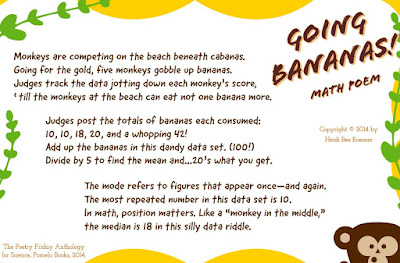Because this blog has more than a thousand posts, spread over more than eleven years of posting, finding best information can be challenging. The SEARCH feature in the right-hand column) and this linked file of names of poets and math-people and blog-content topics can be useful. And, when time permits, browsing offers lots of fun. Here, for the curious are the TOP TEN postings -- that is the postings that have had the most visitors since the blog's beginning in March, 2010.
ENJOY!
These are titles and links to the ten posts most visited in this blog since its beginning in 2010.
from September 2, 2010 Rhymes help to remember the digits of Pi
from October 13, 2010 Varieties of Triangles -- by Guillevic
from March 29, 2010 "Mathematical" Limericks
from February 11, 2011 Loving a mathematician (Valentine's Day and . . . )
from September 29, 2017 Poetry . . . Mathematics . . . and Attitude
from February 18, 2011 Srinivasa Ramanujan
from January 8, 2016 The world is round . . . or flat!
from February 22, 2011 Poems of set paradox and spatial dimension
from June 22, 2021 Interpreting Khayyam -- in Rhyme
from April 19, 2010 Poems with Fibonacci number patterns

















